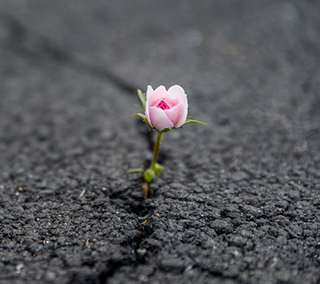 The Unseen Burdens of Childhood:
The Unseen Burdens of Childhood:
Childhood trauma encompasses a broad spectrum of experiences, ranging from emotional neglect and physical abuse to loss and chronic stress. These events can leave indelible imprints on a young heart, reshaping its perception of safety, trust, and self-worth.
Invisible Wounds: Like echoes from a distant past, the wounds of childhood trauma can linger unseen, manifesting in adulthood through challenges in forming healthy relationships, managing emotions, and navigating life’s complexities.
Facades and Defense Mechanisms: As children, we learn to protect ourselves by developing defense mechanisms that shield us from pain. While these coping strategies help us survive turbulent times, they can also limit our growth and emotional freedom in adulthood.
 The Journey to Healing:
The Journey to Healing:
Acknowledgment and Acceptance: The first step towards healing is recognizing the impact of childhood trauma. By acknowledging our experiences, we empower ourselves to unravel the tangles of emotions and memories that shaped us.
Breaking the Silence: The weight of childhood trauma often keeps us silent. Opening up to trusted confidants or professional support can become a path to release, forging connections that dissolve isolation.
Rediscovering Self-Compassion: Childhood trauma may have taught us self-criticism, but healing requires self-compassion. Embracing our vulnerabilities with kindness allows us to nurture the inner child that deserves love and acceptance.
Unleashing Creativity: Creativity becomes a powerful tool in healing. Painting, writing, dancing, or playing an instrument can unlock emotions we’ve buried deep within, giving voice to the unspoken pain.
 Building a Support Network:
Building a Support Network:
Kindred Spirits: Surrounding ourselves with understanding souls who have walked similar paths fosters a sense of belonging and shared strength.
Professional Guidance: Therapy or counseling can provide valuable insights, helping us confront trauma’s complexities with guidance and expertise.
 Fostering Resilience:
Fostering Resilience:
The Phoenix Within: From the ashes of trauma, a resilient spirit can emerge. The strength cultivated through surviving darkness grants us the power to rise above adversity.
Reframing the Narrative: The story of childhood trauma need not be one of victimhood but of a survivor reclaiming their narrative, finding purpose, and inspiring others with their journey.
 Learning from the Past to Find One’s Strength
Learning from the Past to Find One’s Strength
Childhood trauma casts shadows across the canvas of our lives, shaping us in ways we may not always comprehend. Yet, through acknowledgment, compassion, and resilience, we can weave new narratives that transform our past into a source of empowerment.
Childhood is not a time that defines our entirety, but it is a vital chapter that propels us toward the brilliant tapestry of adulthood. Let us embrace our journey, acknowledging that our strength lies not only in the light but also in the shadows we’ve learned to navigate.

